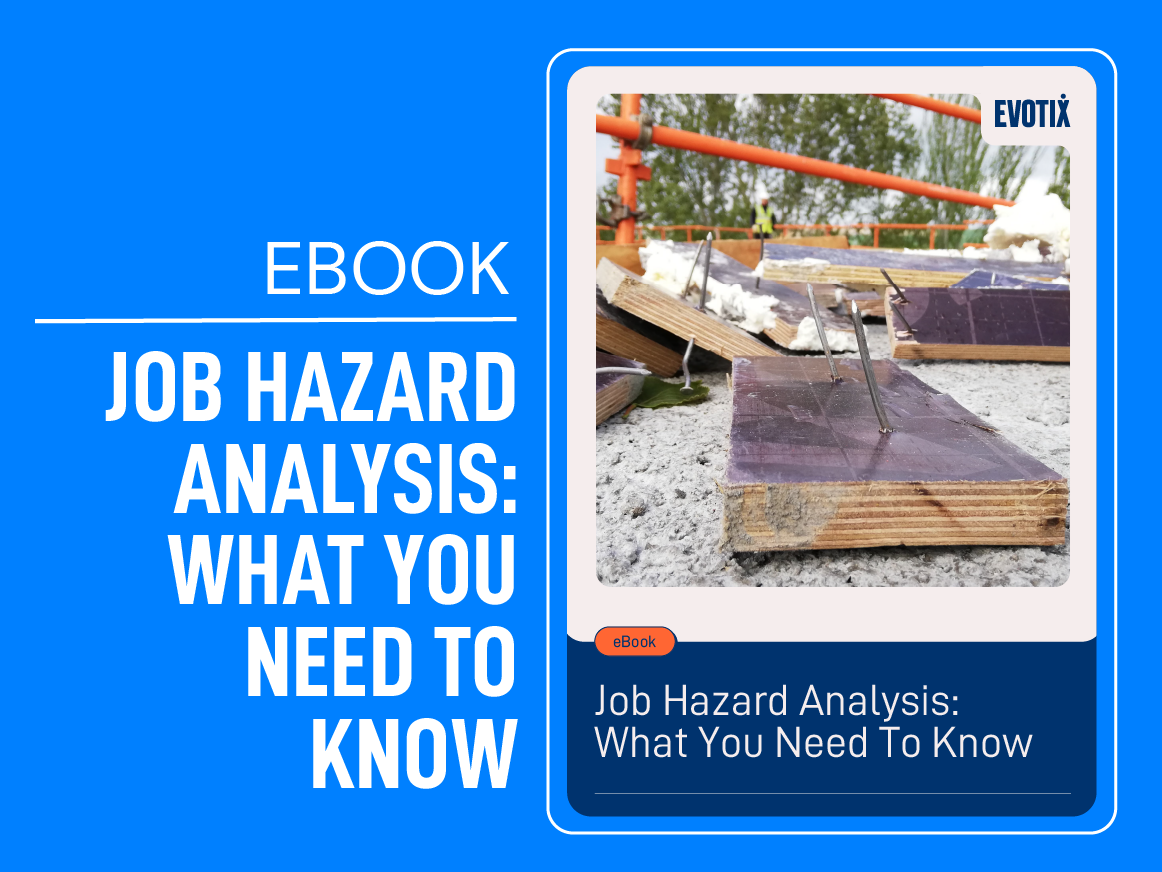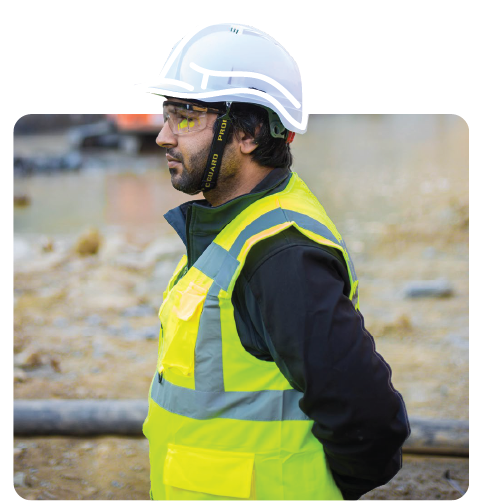
Why Is The Time Right For Investing In EHS Software?
Before we look at building a business case, we must first understand why now is the time to invest in EHS software.
Just look across your organization. Other business units use modern systems and technology. Why should your EHS team keep using the spreadsheets and paper forms that others have left behind?
Reviewing the advantages of EHS software can serve as an inspiration for building your case. Here are some of the most compelling benefits:
- Streamlined Data Collection
- Data Logging On The Go
- Consistent Reporting & Data Quality
- Improved Efficiencies Across the Board
- Better Compliance
In This eBook, You'll:
- Improve Safety Maturity and Mitigate Risk
Learn how JHA can help you achieve your workplace's EHS goals. - Discover A Few "Aha" Moments
See how you can use JHA to increase employee engagement, turning it into real-time, predictive insights that help ensure hazards don't go unnoticed. - Answer Your Big Questions on JHA Best Practices
When used properly, a JHA will make your frontline workers' jobs safer — not harder.
What are you waiting for? Download your copy because your plan to tackle JHA won't start itself.
Frequently Asked Questions (FAQs)
What is a job hazard analysis and why should you do one?
Job hazard analysis (JHA), also known as job safety analysis (JSA), is a technique that identifies the hazards of specific tasks to reduce the risk of injuries/illnesses.
JHA can lead to safer and more effective work methods. It can also help reduce workers’ compensation costs and increase worker productivity due to the reduction in injuries, illnesses and absences.
What type of organizations should say goodbye to using manual processes to manage JHA and workplace risks?
EHS software can benefit a wide range of industries including manufacturing, food & drink, construction, utility services, transport & logistics, municipalities, healthcare, education and housing.
What type of return on investment could EHS software provide?
When investing in EHS management software, our customers typically see a payback within 12 months. We have seen individual customers benefit from:
- 700% increase in incident reporting
- 17,000+ recorded behavioral conversations since implementation
- 85% reduction in time spent on reporting
